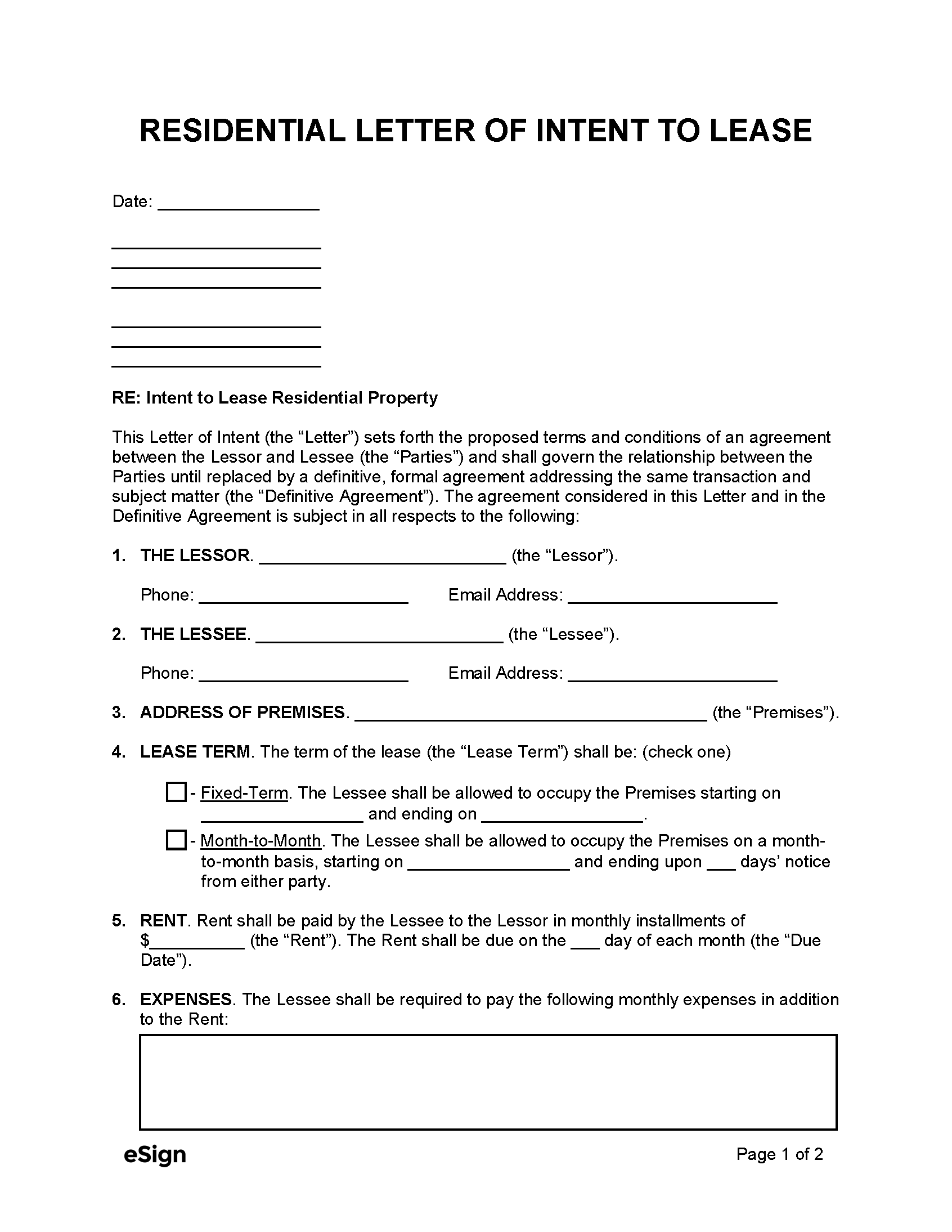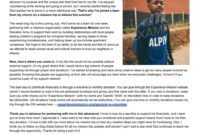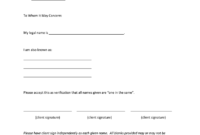Finding the perfect place to live or set up your business can be an exciting, yet often competitive, journey. When you finally discover that ideal property that checks all your boxes, you’ll want to move quickly and make a strong impression. Simply saying “I’m interested” might not be enough to stand out in a crowded market.
This is where a well-crafted letter of intent comes into play. It’s a formal, yet flexible, way to communicate your serious interest in a property to a landlord or property manager. Think of it as your professional handshake, expressing your genuine desire to enter into a lease agreement, paving the way for more detailed negotiations.
What Exactly Is an Intent to Lease Letter and Why Do You Need One?
At its core, an intent to lease letter is a document outlining a prospective tenant’s preliminary interest in leasing a specific property. It’s not a legally binding contract to lease, but rather a declaration of serious intent. This distinction is crucial; it allows both parties to discuss potential lease terms without the immediate pressure of a full legal agreement, while still indicating a firm commitment to move forward with negotiations.
For you, the prospective tenant, submitting such a letter demonstrates professionalism and a proactive approach. It shows the landlord that you’ve given serious thought to leasing their property and are prepared to take the necessary steps. In competitive rental markets, this can give you a significant advantage, potentially moving your application to the top of the pile or at least ensuring you’re taken seriously.
From the landlord’s perspective, an intent to lease letter serves as a valuable screening tool. It helps them gauge the seriousness of an applicant before investing time and resources into full background checks, credit checks, and lease agreement drafting. Receiving a clear outline of a potential tenant’s proposed terms can also streamline the negotiation process, allowing them to quickly identify areas of agreement and potential points of discussion.

Essentially, this letter acts as a bridge between initial interest and a formal lease agreement, providing a clear framework for discussions. It sets the stage for a smoother, more efficient leasing process for everyone involved. To ensure your letter is effective, it’s important to include several key pieces of information.
Key Elements to Include in Your Intent to Lease Letter
- Your full name and contact information.
- The landlord’s or property manager’s name and contact information.
- The full address and description of the property you wish to lease.
- Proposed lease terms, including the desired monthly rent amount.
- The preferred lease duration (e.g., 12 months, 24 months).
- A proposed start date for the lease.
- Any specific conditions or contingencies you require (e.g., subject to a satisfactory walk-through, approval of a co-signer).
- The amount of the security deposit you are prepared to offer.
- A statement clarifying that the letter is non-binding and subject to a formal lease agreement.
- An expiration date for your offer, allowing the landlord a reasonable timeframe to respond.
- Your signature and the date.
Crafting Your Perfect Intent to Lease Letter Template
When you’re ready to put together your own letter, remember that clarity and professionalism are paramount. While it’s a non-binding document, it still reflects on you as a potential tenant. A well-written letter conveys that you are organized, serious, and respectful of the landlord’s time. Avoid overly casual language, but also don’t feel the need to be overly legalistic. A straightforward, businesslike tone works best.
The goal is to communicate your interest and proposed terms clearly, without creating confusion or making promises you can’t keep. Think about what specific details you are comfortable proposing at this stage. It’s perfectly acceptable to state “proposed rent of [Amount]” or “desired lease term of [Duration]” to indicate that these are starting points for negotiation.
While an intent to lease letter template provides a fantastic starting point, it’s crucial to personalize each letter to the specific property and landlord. Generic letters can sometimes feel insincere. Tailor the details such as the property address, proposed rent, and specific contingencies to accurately reflect your interest and the unique aspects of the property you’re pursuing. This customization shows you’ve done your homework and are genuinely invested.
Once you’ve sent your intent to lease letter template, the ball is in the landlord’s court. Be prepared to follow up politely if you don’t hear back within the timeframe you’ve suggested in your letter. A professional follow-up can reinforce your interest and prompt a response, helping you move closer to securing that dream property.
Ultimately, having a solid intent to lease letter at your disposal can significantly smooth your path toward securing a new rental property. It’s a powerful tool for expressing your serious interest in a professional and clear manner, setting a positive tone for future discussions and negotiations with potential landlords.
By taking the time to prepare and present a thoughtful statement of intent, you’re not just expressing interest; you’re actively demonstrating your commitment and making a strong case for why you would be an excellent tenant. This proactive step can be the difference in a competitive rental market, bringing you closer to signing that formal lease agreement and moving into your next ideal space.



